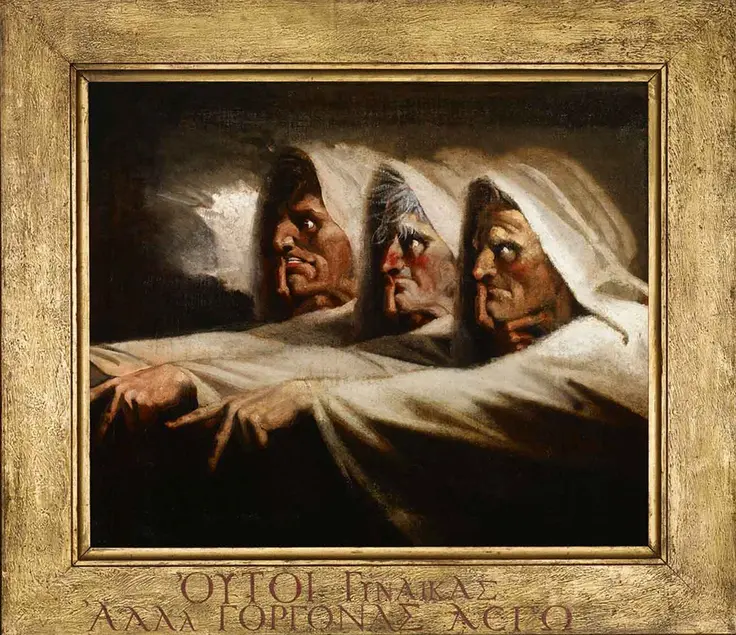Henry Fuseli’s The Three Witches: Art, Shakespeare, and the Gothic Sublime in 18th-Century Britain
The Huntington's newly acquired painting, The Three Witches or The Weird Sisters by Anglo-Swiss painter Henry Fuseli (1741–1825), appears to be a finished, full-size study for one of the artist's best-known compositions.
